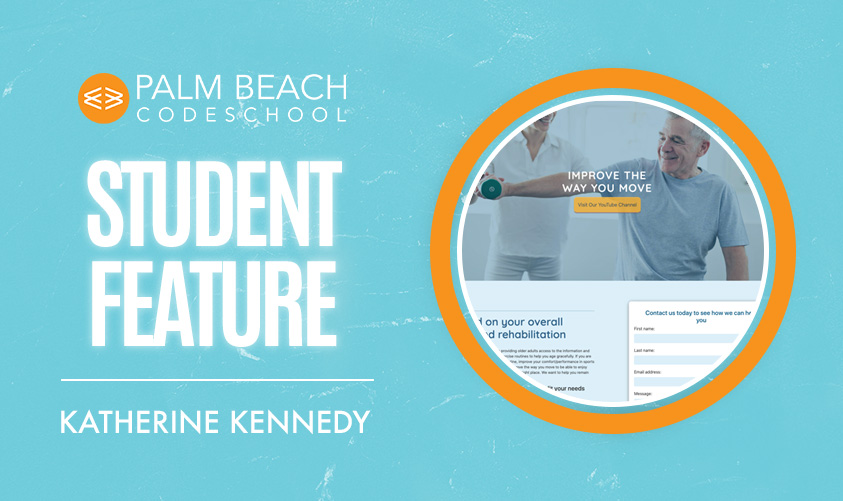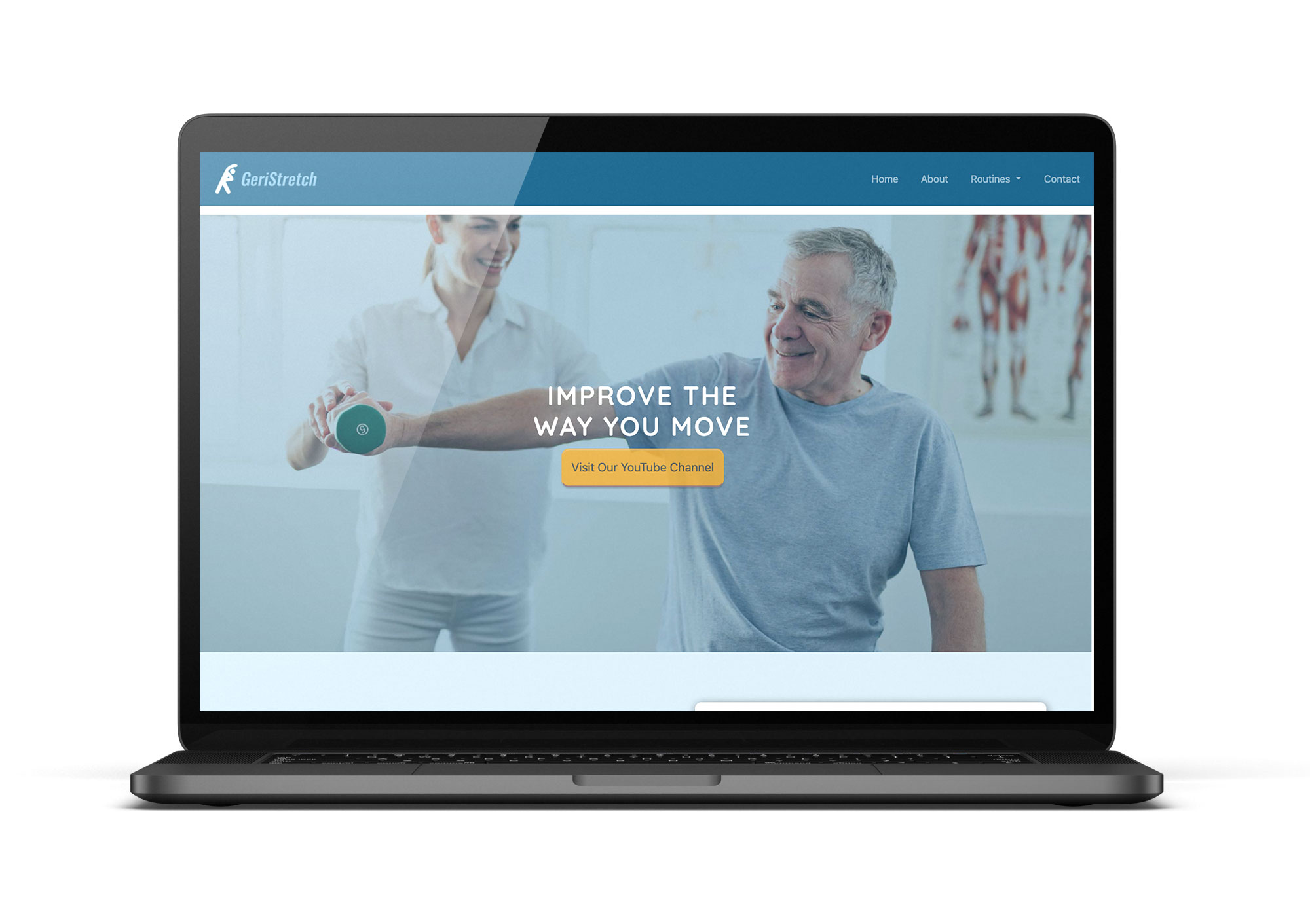“I had been furloughed from my job as a flight attendant. The industry was looking bad, so in the summer of 2020 I started looking at what I enjoyed and what I wanted to do.”
Katherine Kennedy was furloughed. It was the summer of 2020 and air travel had plummeted as Americans and global travelers suspended their travel plans and hunkered down in their houses to wait out COVID-19. International travel had fallen 60% and US airline losses were expected to surpass $35 billion.
COVID gave Katherine a gut check. Looking at a changing industry that could not predict what the future held, she decided it was time to start looking ahead.
One thing that COVID had taught her was that technology jobs were the face of the future. Platforms like Zoom, Google Meet, Slack were the new normal and workforce trends showed that continuing. Mobile app and website development was surging. From virtual classrooms and remote work to virtual doctors’ visits, more and more industries were reliant on technology to operate effectively.
Determined to take advantage of her furlough, Katherine tried to figure out the ideal career that would blend her interests and natural skill set within an industry forecast for future growth and development. That assessment led her to pursue training in coding, with a focus on web design and development.
“I started assessing my skills and what I wanted to do,” she says. “I have a history with graphic design. I’ve done it in the past, and I’ve always liked math, so I decided to do a coding program.”
Coding, much like other jobs in the computer and technology industry, is projected to see even more growth in the coming years as technology is woven even more intricately into our lives. The Bureau of Labor Statistics projects some 13% growth in computer and information technology industries between 2020 and 2030, faster than the average for all occupations.
Coding jobs include front-end development (building a website including all the things that a user sees and touches when they visit a site, like the design, font, colors, buttons, links, and animations, also called the client side), back-end development (building the applications that run the website, organizing the data, and all the behind the scenes things that you don’t see on a site that communicates the database to the server; also known as the server side ), systems engineering, game development, AI programming, and others. Virtually every industry that involves technology is dependent on some form of coding.
Katherine decided to do the Web Design and Development program at the Palm Beach Code School (PBCS), located in West Palm Beach, after researching other online and offline programs. PBCS offers online and in-person courses. Because COVID was still raging, she opted for a hybrid program, taking some classes online and some in person.
“I liked that the Palm Beach Code School offered in-person sessions and that you could meet with your instructors and get in-class experience. I felt I’d work better in that environment because it would be face-to-face and I liked that they offered small classes and an individualized experience, instead of me being one person lost among hundreds,” she explained.
Katherine started PBCS’s Web Design and Development Program in October of 2020 and graduated with a certificate in Web Design and Development in February of 2021. The course took four months and met twice a week for 3 ½ to 4 hours each time. In that time she learned essential coding languages like HTML, CSS, JavaScript, JQuery, PHP, SQL, and Bootstrap.
Looking back, she is amazed. “It was challenging,” she says,” but when you look back from where you started, you realize how much you’ve learned, and how much more there is to learn. I feel confident that my instructors did their best to make me walk away with a foundation on which I can build.”
She likens her experience to learning multiple dialects of the same language to become expert at it.
“It’s almost like learning Spanish, but you learn all the different dialects. So you walk away being fluent in all the dialects and the way in which people communicate. You walk away with the ability to find out how to answer or solve a problem.”
The high point of the course was creating her Capstone project—the end term project designed to show all you’ve learned in the program. Katherine created a website—GeriStretch—for a physical therapy business, writing all the codes for the front- and back-end development.
Presenting the project to her classmates and getting and giving feedback was gratifying.
“We had to break off from one another and work independently,” she says. “So it was good to see all the work that everyone else had done using all the skills we’d learned.”
Her end goal is to work as a web developer, though she hasn’t decided whether she’ll focus on front- or back-end development. She admits that she loves the versatility and creativity of CSS and wants to learn more about JavaScript, which she finds challenging.
“I’m design and project motivated. I want to make things look pretty and perform well. I love the project and problem-solving aspect of it all,” she says.
Currently she works as a flight attendant. The furlough ended and her job, suffering a shortage of workers, called her back. In her downtime she works on various coding programs and is looking to do volunteer web development for a nonprofit until she transitions into working full time in coding.
For a long time, she says, she loved the benefits of being able to travel, but after doing it for so many years, she looks forward to the flexibility of coding, being able to work independently and make her own schedule, but most of all, she laughs, being able to make a living while staying grounded. Writer/Interview: Max Smith


Recent Comments